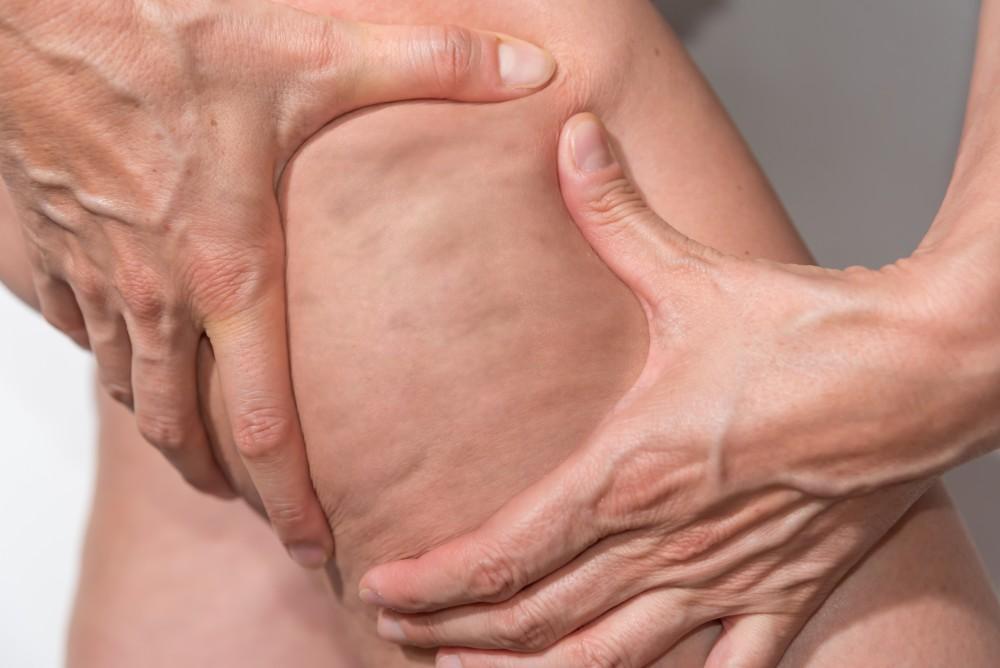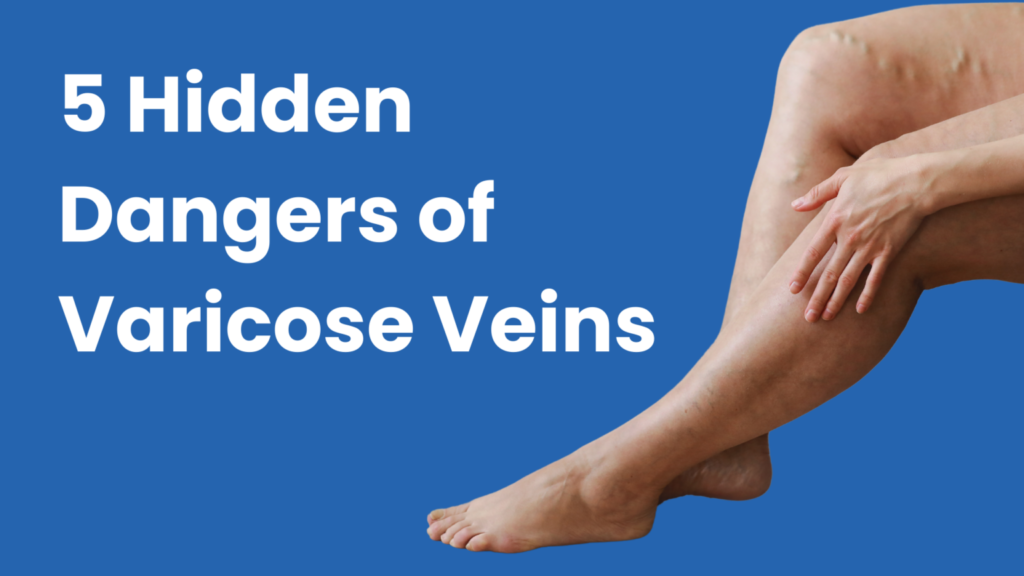Increasingly, your legs are feeling a little achy and there’s nothing you can point your finger to that would explain the symptom. There’s no injury, and you didn’t overdo it on the exercise front, yet your legs feel heavy, achy, and tired, even with the smallest exertion.
At Soffer Health Institute, our team of vascular experts, led by board-certified cardiologist, Dr. Ariel Soffer, is familiar with this complaint, and we have a few explanations for this type of leg pain.
Table of Contents
TogglePoor circulation in your legs
One of the leading drivers of achy legs from our vascular point of view is poor leg circulation. Your muscles need oxygenated blood to function well, and when your circulation is compromised, these tissues can get easily fatigued, which can lead to achy legs and cramping.
There are several conditions that can negatively impact the circulation in your legs, including:
Chronic venous insufficiency (CVI) and varicose veins
Since the veins in your legs have a more challenging journey to circulate blood back up to your heart, they contain tiny one-way valves that close as blood passes through. This action keeps your blood moving upward efficiently.
With CVI, which affects 1 in 20 adults in the United States, these valves malfunction and weaken, and they don’t close all the way. As a result, blood can pool in the leg veins, which is the primary cause of varicose veins, which develop in 1 in 3 adults.
While varicose veins are closely associated with CVI, the condition doesn’t always lead to these problematic veins. Sometimes, the problem stays internal and your only clue might be achy legs.
Peripheral artery disease (PAD)
Another common road to achy legs is peripheral artery disease, which is found in about 6.5 million Americans over the age of 40.
With PAD, the arteries that deliver blood down into your legs become clogged with plaques, which slows your circulation.
One of the first signs of PAD, which builds over time, is leg pain, especially with physical activity. And this discomfort can progress until your legs are achy round the clock.
We do want to point out that 4 out of 10 people with PAD don’t experience this symptom, but the majority first discover their PAD thanks to the discomfort in their lower extremities.
Deep vein thrombosis (DVT)
Rounding out our circulation-related causes of achy legs is DVT, which along with pulmonary embolisms, affects up to 600,000 Americans each year.
With DVT, a clot forms in one of the deep veins in your legs, often in your thigh. This will only develop in one leg, so any related achiness would be one-sided and not affect both legs.
Now that we’ve set the scene, the next step is yours to take, namely scheduling a vein evaluation. Through our advanced testing and imaging technologies, we can figure out whether you’re dealing with a vascular issue that’s causing the achiness in your legs. From there, we can get you on the right treatment path to help you move without discomfort.
To set up a vein evaluation, we invite you to contact one of our offices in Weston or Hollywood, Florida, to schedule an appointment.



